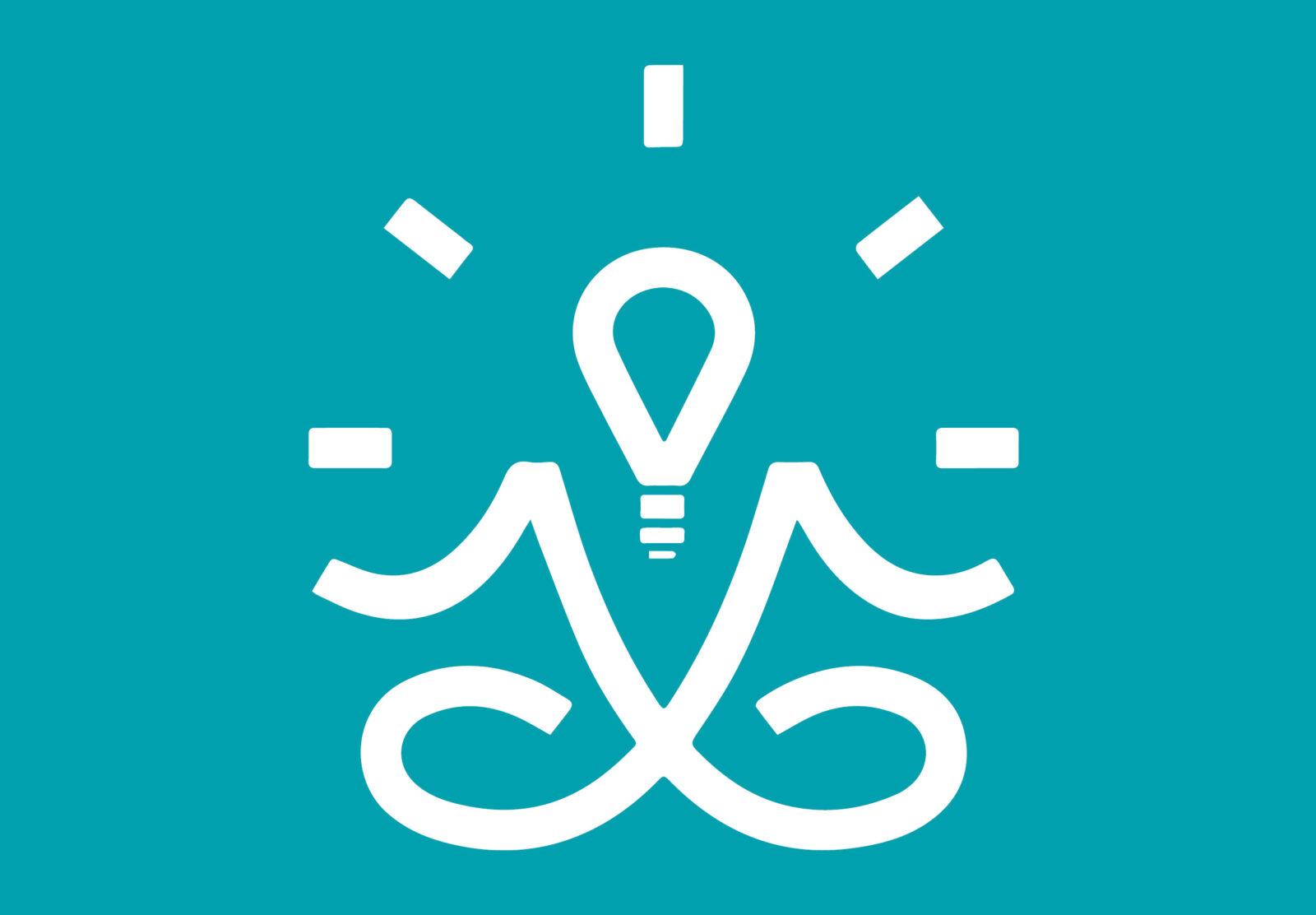Well In Mind Self-Care Tip of the Week
June is PTSD Awareness Month!
What Are the Symptoms of PTSD?
PTSD symptoms usually start soon after the traumatic event, but they may not appear until months or years later. They also may come and go over many years. If the symptoms last longer than four weeks, cause you great distress, or interfere with your work or home life, you might have PTSD. There are four types of PTSD symptoms, but they may not be exactly the same for everyone. Each person experiences symptoms in their own way.
- Reliving the event (also called re-experiencing symptoms). Memories of the traumatic event can come back at any time. You may feel the same fear and horror you did when the event took place. For example:
o You may have nightmares.
o You may feel like you are going through the event again. This is called a flashback.
o You may see, hear, or smell something that causes you to relive the event. This is called a trigger. News reports, seeing an accident, or hearing a car backfire are examples of triggers. - Avoiding situations that remind you of the event. You may try to avoid situations or people that trigger memories of the traumatic event. You may even avoid talking or thinking about the event. For example:
o You may avoid crowds, because they feel dangerous.
o You may avoid driving if you were in a car accident or if your military convoy was bombed.
o If you were in an earthquake, you may avoid watching movies about earthquakes.
o You may keep very busy or avoid seeking help because it keeps you from having to think or talk about the event. - Negative changes in beliefs and feelings. The way you think about yourself and others changes because of the trauma. This symptom has many aspects, including the following:
o You may not have positive or loving feelings toward other people and may stay away from relationships.
o You may forget about parts of the traumatic event or


